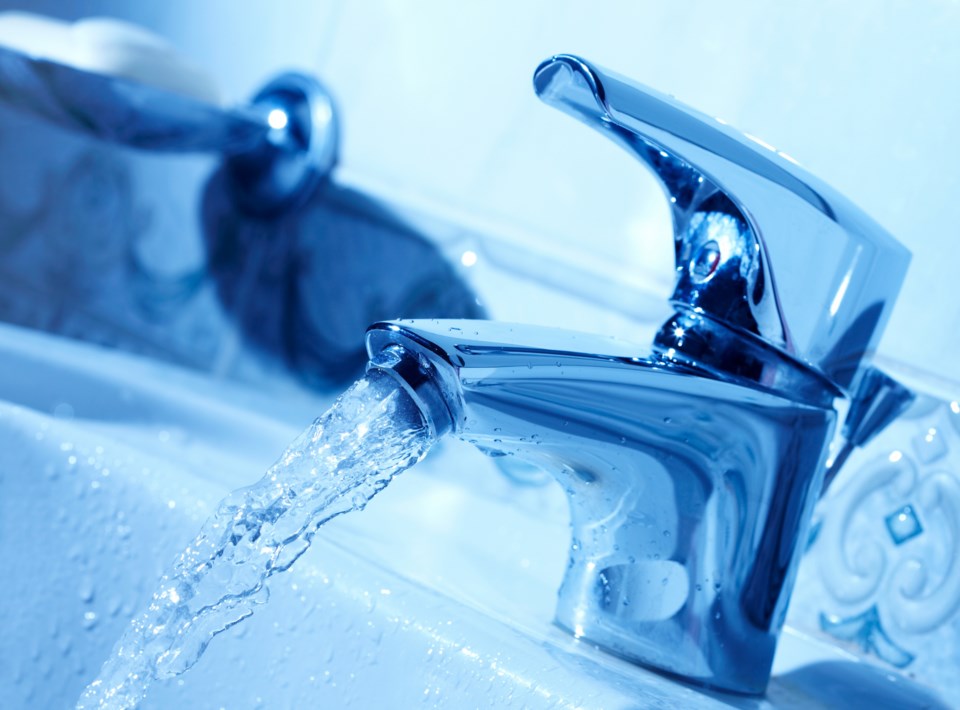KENORA – Flood water can damage properties both inside and out There are many rights now with knee-high water flooding basements and living areas leaving residents displaced and discouraged over how much the flood has taken from them.
Once the water recedes, homeowners will be left to clean the destruction left behind.
The extensive damage to people’s homes has prompted the Northwest Health Unit to educate the public on the potential health risk groundwater has when coming in contact with septic tanks, wells, and structures.
“We have seen an increase in phone calls from the public just in terms of questions about their septic fields or whether their drinking water is safe to drink,” said Thomas McNabb, manager of Environmental Health, Northwestern Health Unit.
One important thing to remember is microscopic pollutants such as mould and mites will seep into floods and furniture if left to feaster in stagnant water.
Dampness is one of the most common causes of mould and mites and once they begin to spread, it can be difficult to get rid of them.
“In terms of mould growth, it’s really only present if there is stagnant water in your basement,” McNabb addressed. “There may be times where you just can’t get the water out if the floodwater is that high. But once the water does recede a bit, try to get the water out of your basement as fast as you can and really kind of access what’s going on down there. There could be mould growth. If there is substantial mould growth, you probably don’t want to deal with it yourself.”
Mould damage can cause several health risks if left untreated including irritation to the eyes, nose and throat, a build-up of phlegm, shortness of breath and wheezing.
People with chronic asthma are highly susceptible to mould as the symptoms can cause their airways to close leading to an asthma attack or a server lung infection.
“At any time, you are around mould just make sure you are wearing a mask, if you are kind of in the thick of it and moving stuff around in those locations where mould growth is,” advised McNabb.
The Northwest Health Unit recommends being extremely cautious when dealing with mould damage as mould spores can become air born when disturbed.
However, small to moderate patches of mould can be cleaned using everyday household cleaners.
The biggest risk to people is a large amount of mould that can crest after a flood. Not only should you take precautions to reduce health risks, but large amounts of mould aren’t easy to clean and may bleed deep into walls and floors. This kind of damage may need to be removed by a professional cleaning service or be removed from the property entirely.
Another potential the Northwest Health Unit is warning about is contamination to drink water, particularly, for residents who aren’t hooked to a town waste system.
“Anytime you are dealing with surface water there are bacteria present,” said McNabb. “It’s just the natural flora in the water, but when that gets into your drinking water system, especially, with those who have drilled wells who don’t normally have treatment on it, things can come in.”
McNabb remarked that surface water has pollutants like e-coli, giardia, and cryptosporidium parasites, which can contaminate well water making it unsafe to drink.
“For your drinking water, it’s really when the flood has come onto your property and you drilled well is underwater, that when you potentially have concerns, but once that stuff is beginning to become uncovered, same with septic fields, if your field currently underwater, and the floodwater recede, that when you can start looking at whether there is any damage or any concerns and you can address it there,” recommended McNabb.
In the meantime, the Northwest Health Unit is recommending using a different source of water to drink, prepare food, and brush teeth.
However, purchasing bottled water can be very costly, therefore, bringing well water to a rolling boil for at least one minute is an effective way to kill any bacteria.
Once the water does recede and there is an impact on the well water, McNabb recommends shocking the water with chlorine to get rid of any bacteria before residents resume drinking it.
The health unit also has to offer drinking water sampling for private homeowners.
“Individuals can come into the health unit and grab a water bottle that is sent to the public health lab, free of charge with a $2.00 shipping fee. The sample itself is free, but there is a small fee to ship it to the lab,” said McNabb.
